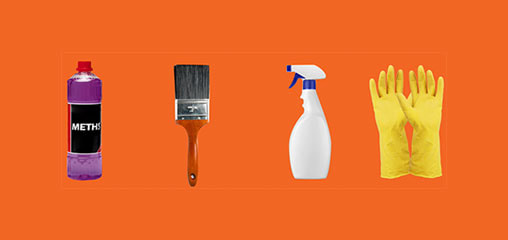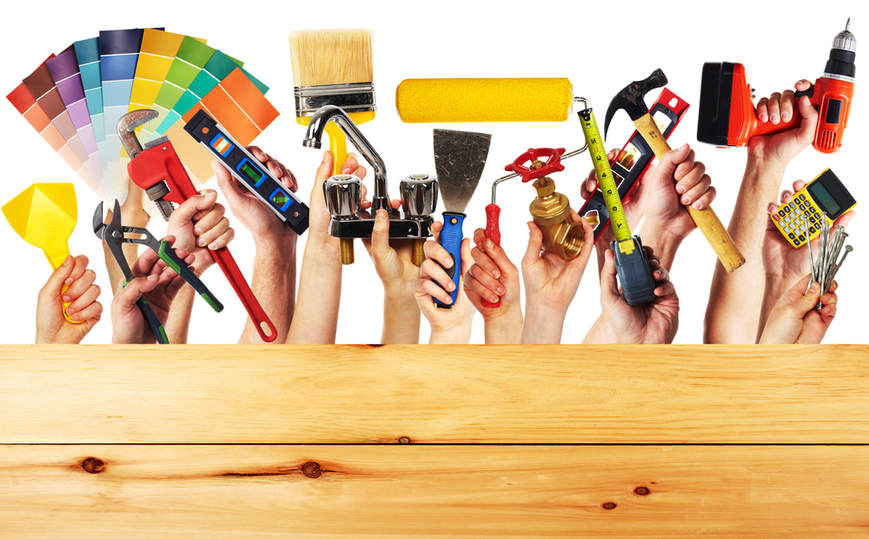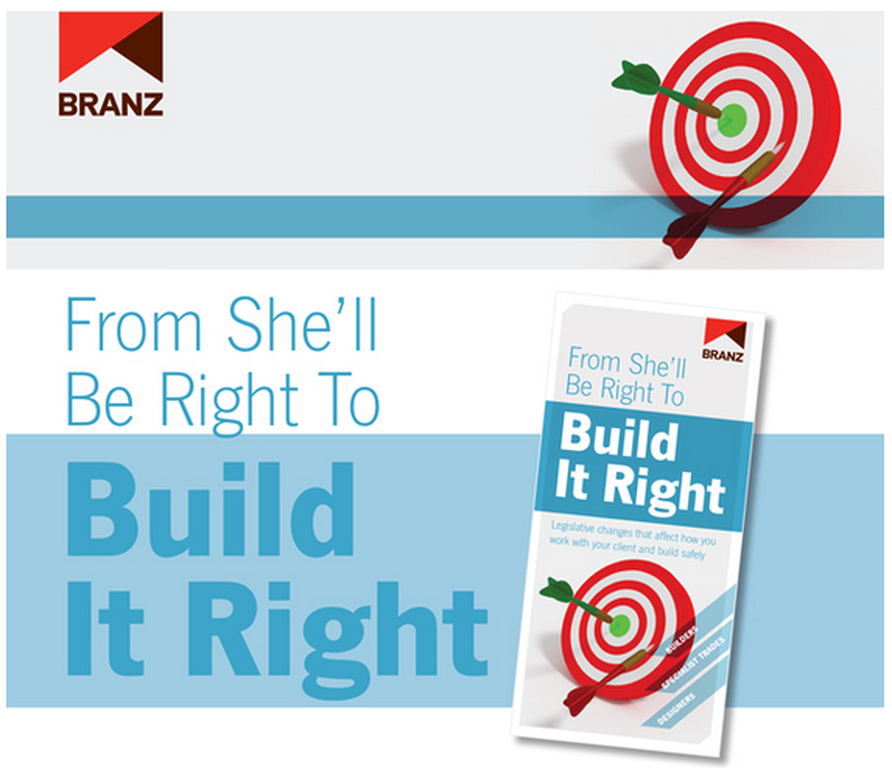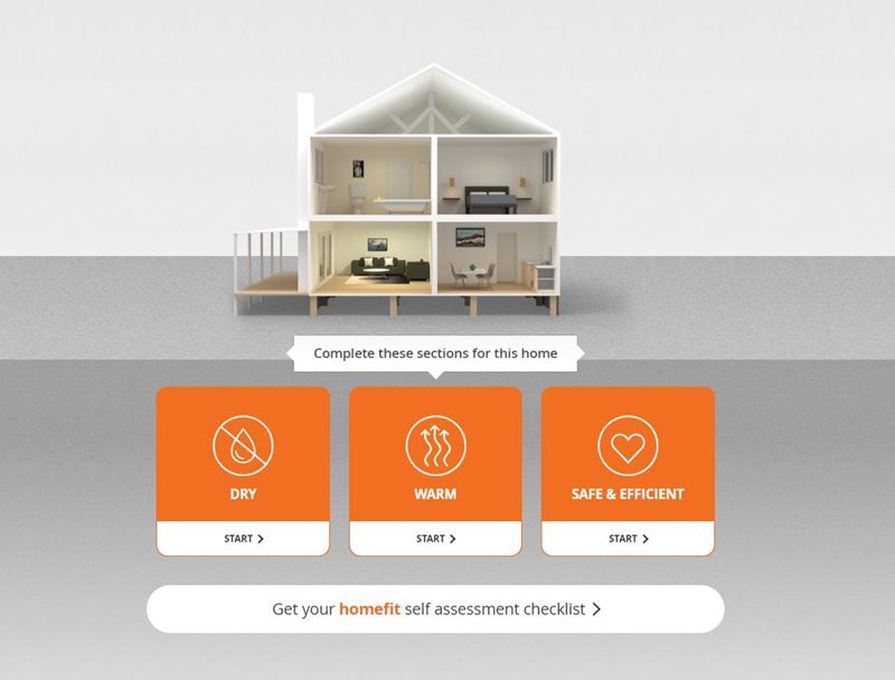 Damp homes promote mould and dust mites which can cause respiratory problems. While dehumidifiers and ventilation systems help reduce the symptoms of the problem, it’s important to track down the underlying cause of dampness in your home. The problem may be relatively cheap and easy to fix.
Condensation on windows, especially in bedrooms, isn't necessarily a sign of excessive dampness if it only happens occasionally during winter. Outside
Where does excess moisture come from?InsideThe average NZ family produces up to 8 litres of moisture in the home each day from activities like cooking and showering. This is normal and can be managed by insulating, heating and ventilating. Find out if your house is dampTo prevent mould growth, the amount of moisture in your home (relative humidity) should ideally be below 65% most of the time, and rooms should be heated to at least 18 degrees. To assess the temperature and relative humidity in your house, try using a simple, low-cost hygrometer. Take readings over a few days or weeks in different rooms of your house, especially in winter, to find out where you might need to address dampness issues. Learn more about hygrometers OutsideSources of moisture, such as leaking pipes or damp rising from underneath your house, are often hidden and can go undetected for a long time, damaging to your home. How to tackle sources of dampness insideTop tips
Bathroom, kitchen and laundry
Ensure extractor fans are:
Living areas and bedroomsAvoid unflued gas heatersUnflued gas heaters can be portable or have pipes fixed to the walls. They release large amounts of moisture and toxic gases into your house, and can also be a fire hazard. If you’re using a gas heater or LPG portable heater without a vent or flue:
Furniture
Whatever type of dehumidifier you use, run it together with a heater - a warm room makes it easier for a dehumidifier to extract moisture. How to tackle sources of dampness outsideUnder floors
How to install a vapour barrier - NZ Standard for installing insulation If you’re not sure about any of these actions, talk to a qualified builder. Floors, walls and roofs
Registered building surveyors - New Zealand Institute of Building Surveyors website Accredited building surveyors - Building Officials of New Zealand website Concrete floors and walls
Find out if your home is warm, dry and healthyUse HomeFit to find out if your home is warm, dry and healthy - it's a free online check designed by the Green Building Council. Do the online check at www.homefit.org.nz
7 Comments
 This page links you with information about building and renovating. Search our catalogueDesign and construction topics can be searched by subject. Start with whatever you are building, add the words design and construction and do a subject search. For example: Some subjects have their own heading, such as shelving (furniture). Browse our latest house and garden titles. MagazinesRBdigital Magazines features a number of building and home renovation magazines, including Home Renovations, Dwell, Inside Out, The Family Handyman and more. Find more magazines by searching on the subject Building – Periodicals and House Construction – Periodicals. eResourcesBuilding and construction links Building and constructions websites listed in our Internet Gateway, including useful weathertightness links. Standards Standards provide specifications to be used consistently as rules, guidelines, or definitions, to ensure that materials, products, and services are fit for their purpose. Find out how you can access the ones you need. Standards New Zealand Search New Zealand standards and access all New Zealand (NZS) and joint Australian & New Zealand (AS/NZS) Standards that are available in PDF format. Includes New Zealand Standards and Earthquake FAQs under the “services” tab. Access this at any of our libraries. Home Improvement Collection Home improvement articles for the hobbyists and the professional alike. Coverage includes architectural techniques, tool and material selection, and much more. Use at a library or enter your library card & password / PIN.Check with your council before you startBuilding and DIY projects need to follow certain guidelines – for safety and weathertightness, for example. Before you start a building project, it pays to be informed. For most projects, such as decks, pools, or additions, building consent needs to be applied for and issued before building work commences. Resource consent may also be required. Working with your local councilLocal councils administer the compliance process for their area, inspecting buildings and issuing consents. Consents must be applied for and issued beforebuilding work commences. MBIE's Building Performance site has a good guide to understanding the building consent process. The consents and licences section of the Christchurch City Council web site includes information about building forms and charges, design and planning guides, as well as information on building consents. Consent application formsare available on the Christchurch City Council site. Other district councils, such as Selwyn, Hurunui and Waimakariri will have regulations and by-laws specific to their area. Christchurch City Council building information Building law in New ZealandThe Ministry of Business, Innovation and Employment (MBIE) outlines building law in New Zealand on its Building Law and Compliance page. GlossariesThis list will help you find authoritative sites that clearly define building-industry related terms, and act as an introduction to building law and the compliance process. LIM – Land Information Memorandum Information from the Christchurch City Council. Anyone may apply for a LIM, which gives information on any piece of land, including (among other information) any building consents or other authorisations applying to buildings on the land. PIM – Project Information Memorandum Information from the Christchurch City Council. The PIM provides an applicant with information relevant to the proposed building work, other than the normal requirements under the Building Act, 1991. This information enables the applicant to assess the feasibility of the project before proceeding with a Building Consent application with the Council. Standards New Zealand Glossary of building terms (NZMP 4212:1998) It is available at Tūhuratanga | Discovery, Level 3, Tūranga. New Zealand Standards are also accessible online in our libraries. Branz: click here...The online check.. This will give you an idea of how well your home - or the home you're thinking of buying or renting - is performing. Once you answer a couple of introductory questions, you’ll end up on this dashboard: Here you’ll be asked to answer 20 or so questions spread over 3 sections: dry, warm and safe & efficient. It should take you less than half an hour to complete, including some time to check under the home and in the roof space. If you know your home well, it should take you less than 10 minutes. If you're unsure what a question means click on the information "i" to the right of the question. This will bring up helpful information on what to look for. The online check won't give you a HomeFit certificate - for this you'll need to get a qualified HomeFit assessor to visit the property. Getting your home HomeFit certifiedOnce you've made the improvements suggested by the online check go to “Get HomeFit certified”. This will bring up a range of local qualified HomeFit assessors who can visit your home to do the inspection and, if your home is up to the standard, give you the HomeFit certificate. You can email the assessors directly from this website. HomeFit PLUSHomeFit has a higher standard called HomeFit PLUS. This requires homes to have:
Having a HomeFit PLUS stamp for your home will differentiate it from the rest of the market. Your HomeFit assessor will be able to tell you if it meets the standard. Marketing a home as HomeFitIf your home is certified as HomeFit or HomeFit PLUS it will be recorded on some property websites with the HomeFit tick alongside other information such as the number of bedrooms and bathrooms. This means that anyone looking to buy or rent your home can have some peace of mind that it’ll be warmer, drier and safer. If for any reason you don’t want people to know your home meets the standard then please email KiaOra@HomeFit.org.nz. The HomeFit online check reportWhile you’re completing the online check you can click at any time on the “Get your self-assessment checklist”. This will bring up a short report summarising where your home is doing well and where it could do with some improvements. You can print this out at any time and/or send this as a link in an email for example. Installer DirectoryThe HomeFit self-assessment report includes a list of local installers and suppliers who can come to your home and sort out any outstanding issues. Many of these installers are also trained HomeFit assessors who will be able to complete the HomeFit assessment once they’ve finished any remedial work. The report lets you email the installers and ask them to quote for the work. We recommend getting a number of quotes to make sure you’re getting value for money. I want to use HomeFit to self-check multiple propertiesThat’s fine. Just register to use the HomeFit website and you can save multiple properties and retrieve these whenever you log in. They are visible under the "Account" button at the top of the screen. This could be useful if you are looking at multiple properties to buy or rent, or you hold a portfolio of properties. Remember though that you’ll need to get a formal assessment from a qualified assessor to be able to get a home certified as HomeFit. What about the RTA Amendment regulations for rental properties?The qualified HomeFit assessor will also check whether your home meets the insulation and smoke alarm requirements of the Residential Tenancies (Smoke Alarms and Insulation) Regulations 2016 (RTA). Even if you’re not thinking about renting this home it’s useful to know if it would meet the standard. It’s also useful to know that the fire alarms are working and are in the right place. …and the Healthy Home Guarantee Act (HHGA) Standards?The New Zealand Government is consulting on further requirements for rental properties likely to come in force after 2020. This will include standards for heating and ventilation as well as standards for insulation and smoke alarms (like the current RTA but maybe more stringent). The latest consultation gives a number of different options, all of which are less rigorous than HomeFit so, if you get a home HomeFit certified, it is likely to meet the Healthy Homes Guarantee Act 2017 (HHGA). Once the Healthy Home Standards have been formally published we will update HomeFit to include a check on the HHGA. I want to know all the techy details about what HomeFit requiresSure, you can find the HomeFit Technical Manual on the NZ Green Building Council website. Needing to get a new building assessed?If you’ve just built, or are about to build, a brand new home that you want to be healthy, safe and warm, then go here. Savvy house inspections are certified home-fit inspectors...book now! |
BLOG
March 2024
Categories |
LocationLocated on Grahams Road, we are right in the centre of Christchurch, making it a lot easier on the whole for people to reach out to us for help at any time during the day. |
|











 RSS Feed
RSS Feed